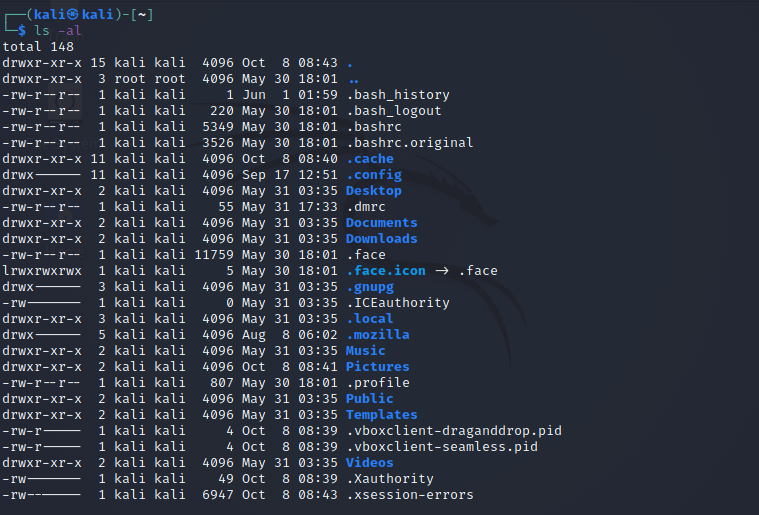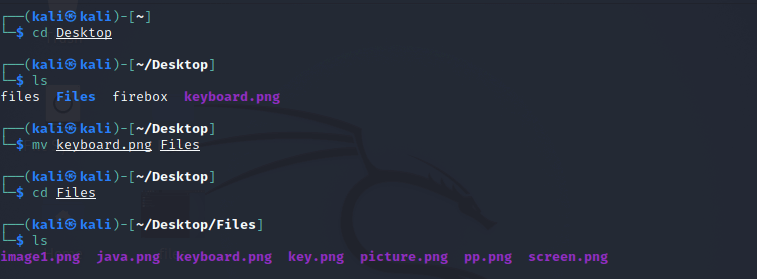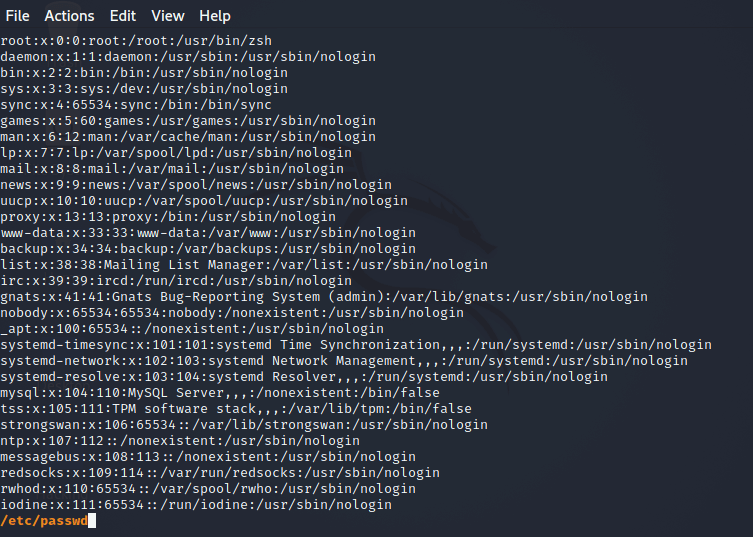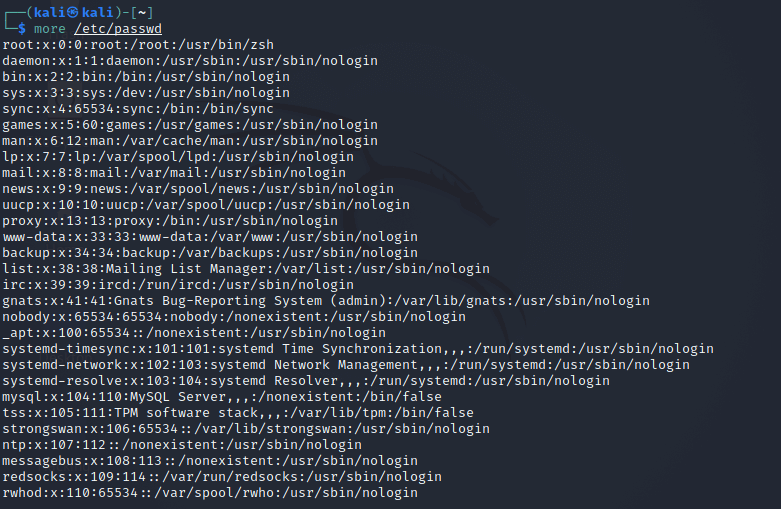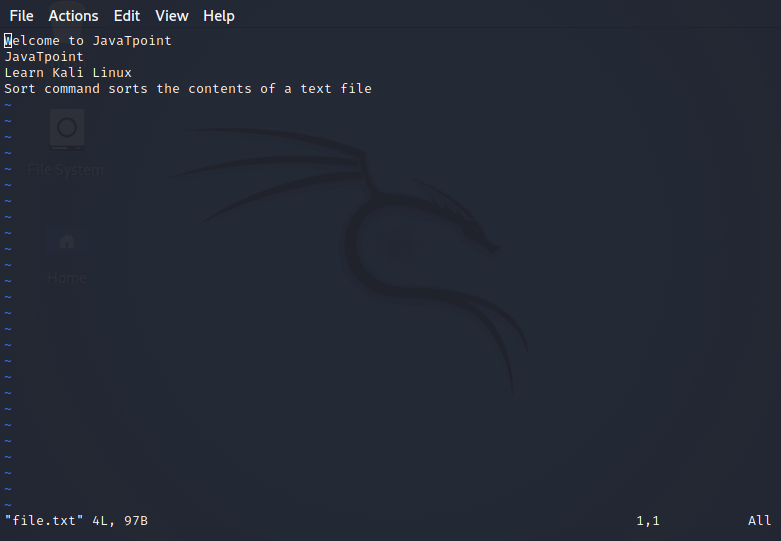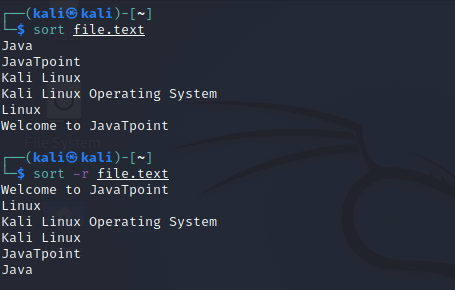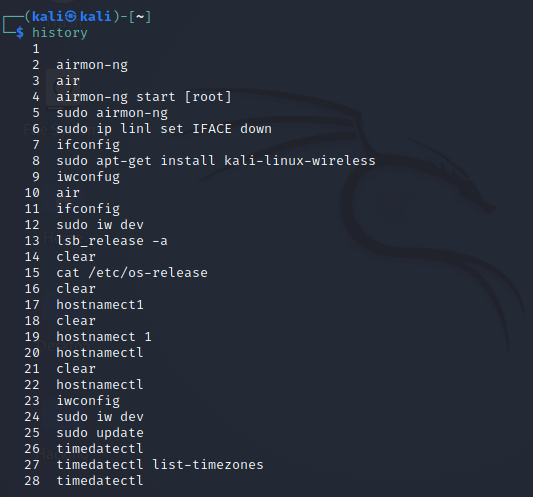Certainly! Here’s a list of some of the most famous hacking tools included in Kali Linux, along with detailed explanations:
1. Nmap
- Description: Nmap (Network Mapper) is a powerful open-source tool used for network discovery and security auditing.
- Use Cases:
- Port Scanning: Identifies open ports on a host to determine which services are running.
- Network Inventory: Helps map out network structures and discover connected devices.
- OS Detection: Can determine the operating system and version running on a device.
2. Metasploit
- Description: Metasploit is a penetration testing framework that provides information about security vulnerabilities and helps in developing and executing exploit code.
- Use Cases:
- Exploit Development: Write and customize exploit code to take advantage of vulnerabilities.
- Payload Generation: Create payloads to deliver once an exploit has succeeded.
- Penetration Testing: Conduct comprehensive security assessments of networks and applications.
3. Wireshark
- Description: Wireshark is a widely-used network protocol analyzer that captures and interacts with live data packets on a network.
- Use Cases:
- Traffic Analysis: Analyze network traffic to troubleshoot issues or detect suspicious activities.
- Protocol Analysis: Examine various protocols used within the network.
- Packet Inspection: View detailed information about captured packets for security assessments.
4. Aircrack-ng
- Description: Aircrack-ng is a suite of tools for assessing Wi-Fi network security, primarily focused on WEP and WPA/WPA2 encryption.
- Use Cases:
- Packet Capturing: Collect packets to analyze and crack encryption keys.
- WEP/WPA Cracking: Use captured packets to recover passwords for wireless networks.
- Network Monitoring: Monitor Wi-Fi networks for vulnerabilities and security flaws.
5. Burp Suite
- Description: Burp Suite is a powerful integrated platform for web application security testing, widely used by penetration testers.
- Use Cases:
- Vulnerability Scanning: Identify security flaws in web applications.
- Interception Proxy: Intercept and modify requests between the browser and the server for testing purposes.
- Automated Scanning: Perform automated scans to discover vulnerabilities like SQL injection and XSS.
6. John the Ripper
- Description: John the Ripper is a fast password-cracking tool that supports various hash formats and encryption methods.
- Use Cases:
- Password Recovery: Recover lost or forgotten passwords.
- Strength Testing: Test the strength of passwords against dictionary and brute-force attacks.
- Hash Cracking: Identify weaknesses in password storage mechanisms.
7. SQLMap
- Description: SQLMap is an automated tool for detecting and exploiting SQL injection vulnerabilities in web applications.
- Use Cases:
- Database Enumeration: Extract database information from vulnerable applications.
- Data Exfiltration: Retrieve sensitive data from databases through injection.
- Exploit Automation: Automate the process of identifying and exploiting SQL injection flaws.
8. Hydra
- Description: Hydra is a powerful parallelized login cracker that supports various protocols and services.
- Use Cases:
- Brute Force Attacks: Attempt to gain access by systematically trying different username/password combinations.
- Protocol Support: Works with many protocols including HTTP, FTP, SSH, and more.
- Customizable: Allows for customization of attack strategies and parameters.
9. Nikto
- Description: Nikto is an open-source web server scanner that performs comprehensive tests against web servers.
- Use Cases:
- Vulnerability Scanning: Identify server vulnerabilities, outdated software, and misconfigurations.
- CGI Vulnerability Testing: Detect potential issues with Common Gateway Interface scripts.
- Web Server Information: Gather information about the server configuration and installed applications.
10. Ettercap
- Description: Ettercap is a comprehensive suite for man-in-the-middle attacks on LAN, useful for network sniffing and traffic manipulation.
- Use Cases:
- Network Sniffing: Capture packets on a local network to analyze traffic.
- Active/Interactive Packet Manipulation: Modify traffic between two parties in real-time.
- Protocol Analysis: Supports a wide range of protocols for deep analysis.
Conclusion
Kali Linux offers a rich toolkit for cybersecurity professionals and ethical hackers. These tools enable users to conduct thorough security assessments, discover vulnerabilities, and ensure the integrity of systems. Always remember to use these tools responsibly and within the bounds of the law.



.png)





